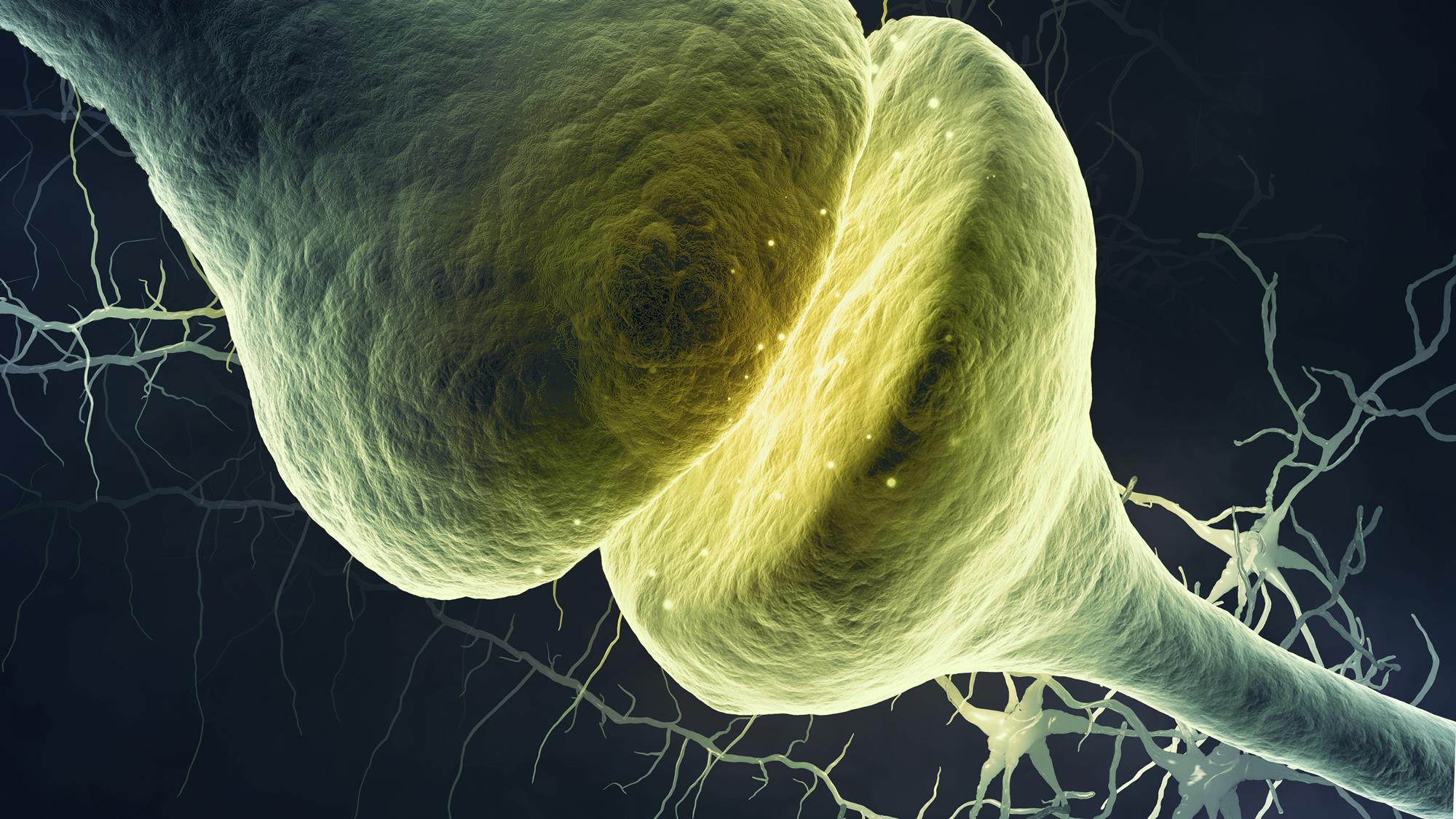What are SSRIs?
SSRIs (Selective Serotonin Reuptake Inhibitors) are a type of medication/antidepressant used to treat depression and other mental health conditions by increasing the levels of serotonin in the brain. The introduction of SSRIs in the late 1980s helped pave the way for modern therapies for the treatment of depression. Examples of SSRIs include fluoxetine (Prozac), escitalopram (Cipralex) and paroxetine (Seroxat), with fluoxetine being the most commonly used one.
What is serotonin?
Serotonin, also known by its alternative name, 5-HT (or 5-hydroxytryptamine), is a monoamine neurotransmitter, meaning it is a type of neurotransmitter that contains one amine group. Most importantly, a neurotransmitter is a chemical messenger that carries signals between neurons in the brain. Serotonin is also a hormone. It helps regulate body functions, such as mood, emotions, sleep, sex drive and digestion (bowel movement). Studies suggest that reduced serotonin level is positively correlated with depression.
How do SSRIs work?
Communication between neurons happens between 2 neurons, a presynaptic neuron and a postsynaptic neuron. The presynaptic neuron initiates an electrical signal, while the postsynaptic neuron receives the electrical signal. A synapse is a site of transmission of electrical signals between two neurons. The neurons are not connected, but separated by a microscopically small space called the synaptic cleft. In the presynaptic neuron, there are neurotransmitters in small sacs called vesicles. In this case, the neurotransmitters are the serotonin molecules. Each vesicle can contain thousands of neurotransmitter molecules. When a presynaptic neuron is excited by an action potential (an electrical signal), this causes the vesicles to fuse to the presynaptic membrane and release serotonin into the synaptic cleft. The serotonin molecules then bind to the 5-HT receptors on the postsynaptic neuron. This can lead to an action taking place in the postsynaptic membrane, which may increase or decrease the likelihood that the postsynaptic membrane will fire an action potential. After all of this has occurred, the neurotransmitters usually diffuse or are taken back up into the presynaptic membrane via a process called reuptake by a 5-HT reuptake transporter. However, this is where SSRIs come into place. They prohibit the reuptake of serotonin (or 5-HT), increasing the concentration of 5-HT in the synaptic cleft (hence the name, Selective Serotonin Reuptake Inhibitor). This increased concentration increases the likelihood that the postsynaptic membrane will fire an action potential.

OCD UK ©

OCD UK ©
Works Cited
Neuroscientifically Challenged. 2-Minute Neuroscience: Synaptic Transmission. 2014. YouTube, https://www.youtube.com/watch?v=WhowH0kb7n0.
Oxford Springboard, and Helen Collins. How antidepressants affect your brain. 2022. YouTube, https://www.youtube.com/watch?v=JrdIq0KVE5s.
National Library of Medicine. Depression: Learn More – How effective are antidepressants? 2006. https://www.ncbi.nlm.nih.gov/books/NBK361016/


I am glad you’ve made a article on this — it has opened my eyes a lot, and has made me think about it more in depth 🙂